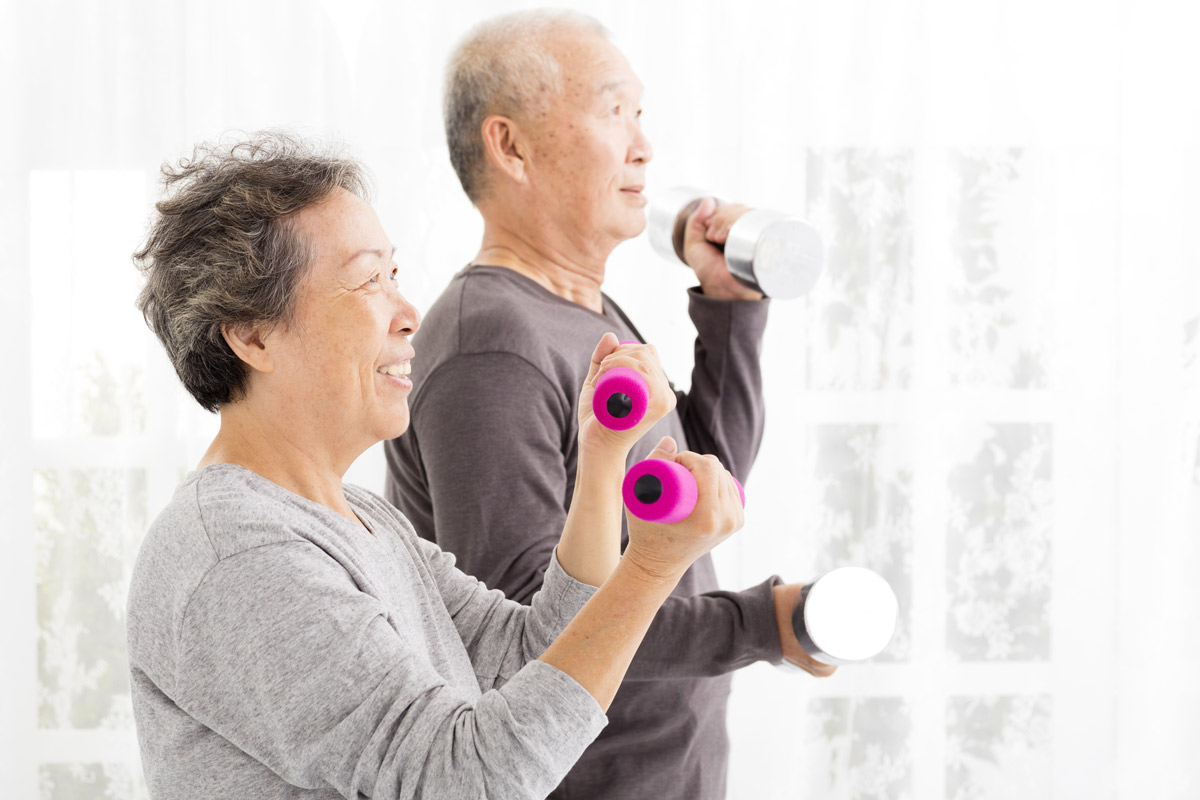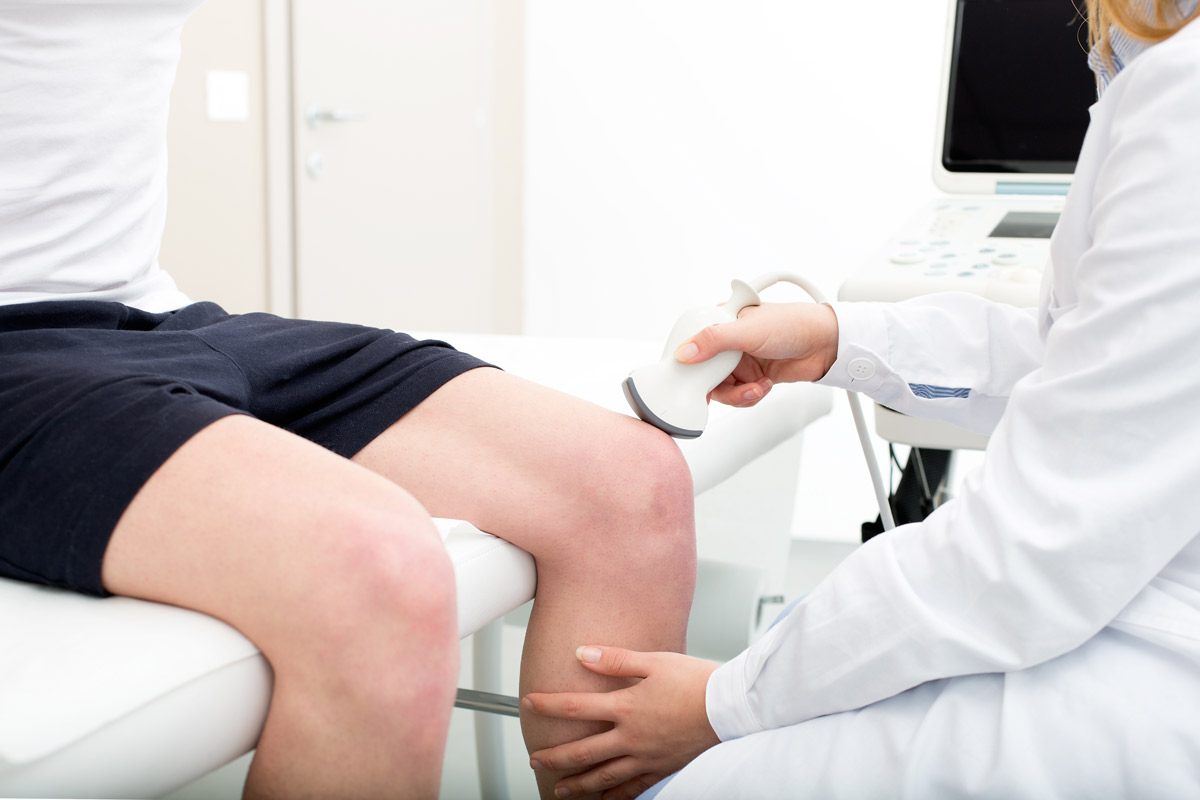Osteoporosis is a disease in which the bones become weak and brittle. This makes them more prone to breaking. This disease most commonly affects the hips, spine and wrists.
Several factors contribute to the development of osteoporosis. As a person gets older, osteoporosis becomes a concern because bone mass, or density, decreases with age. Osteoporosis affects more than 10 million Americans over the age of 50. Another 34 million Americans older than age 50 have low bone mass and are therefore highly susceptible. Women are four times more likely to get osteoporosis than men because the loss of estrogen after menopause leads to bone loss. Caucasian and Asian women are particularly at risk. Genetic factors can also contribute to bone disease, as can certain medicines. Finally, weight and other lifestyle factors can affect bone health. People with a slighter build and less muscle are more at risk for this condition, as are those who lead a sedentary lifestyle, who smoke, consume high levels of alcohol and caffeine, or who are deficient in dietary calcium and vitamin D.
Symptoms may not be readily noticeable. If symptoms are noticeable, they may present themselves as pain in the bones and muscles, particularly in the back. In a more extreme case, a collapsed bone in the spine may cause severe pain, decrease in height, or spinal deformity.
Treatments for Osteoporosis
At your office visit, your healthcare provider will use a number of resources in making a diagnosis. These include checking your medical history, doing a physical exam, administering a bone density test (bone densitometry), blood tests, x-rays, and taking your FRAX score to estimate the risk of a fracture within 10 years.
Your plan of treatment will take into consideration your age, health, severity of the disease, your particular tolerance for treatments and your preferences. The goals of managing osteoporosis are to reduce pain, prevent broken bones and slow down the loss of bone mass. Some of the methods for treating osteoporosis are also ways to prevent it. They include:
- Achieving and maintaining a healthy weight
- An increase in walking and other weight-bearing exercises
- Cutting down on caffeine and alcohol
- Quitting smoking
- Getting enough calcium through diet and supplements, including Vitamin D
- Preventing falls in older adults by installing hand railings, or assistive devices in the bathroom or shower
- Taking certain medicines that may help
Visit our online Health Library or the National Osteoporosis Foundation to learn more about osteoporosis.
Contact Us
Straub Clinic at Pearlridge
Straub Medical Center -
Dept. of Rheumatology


